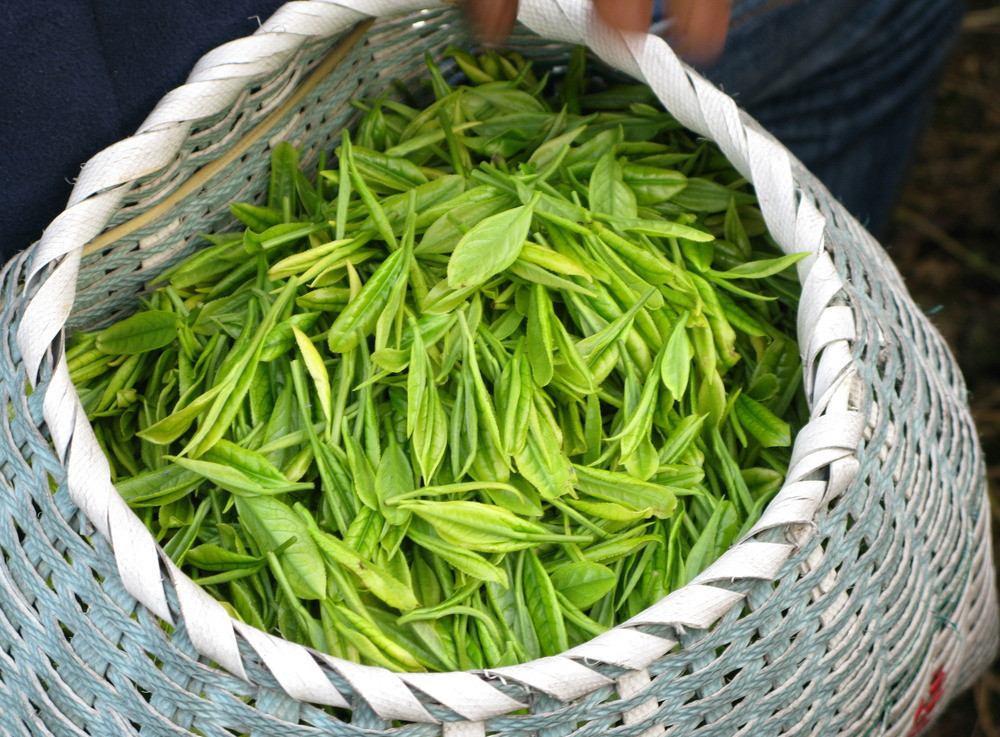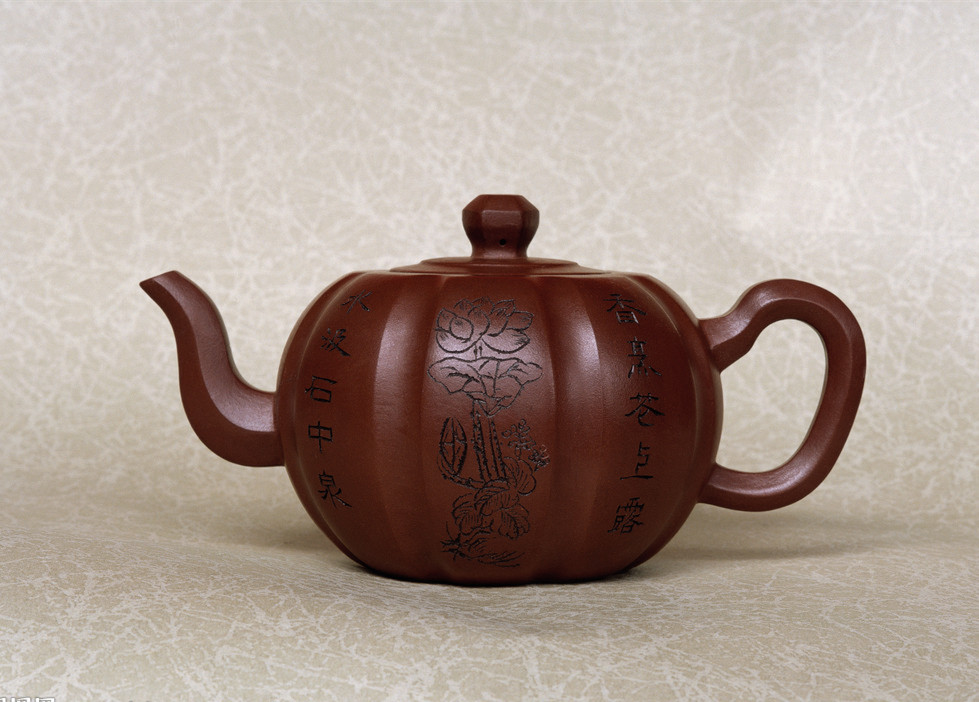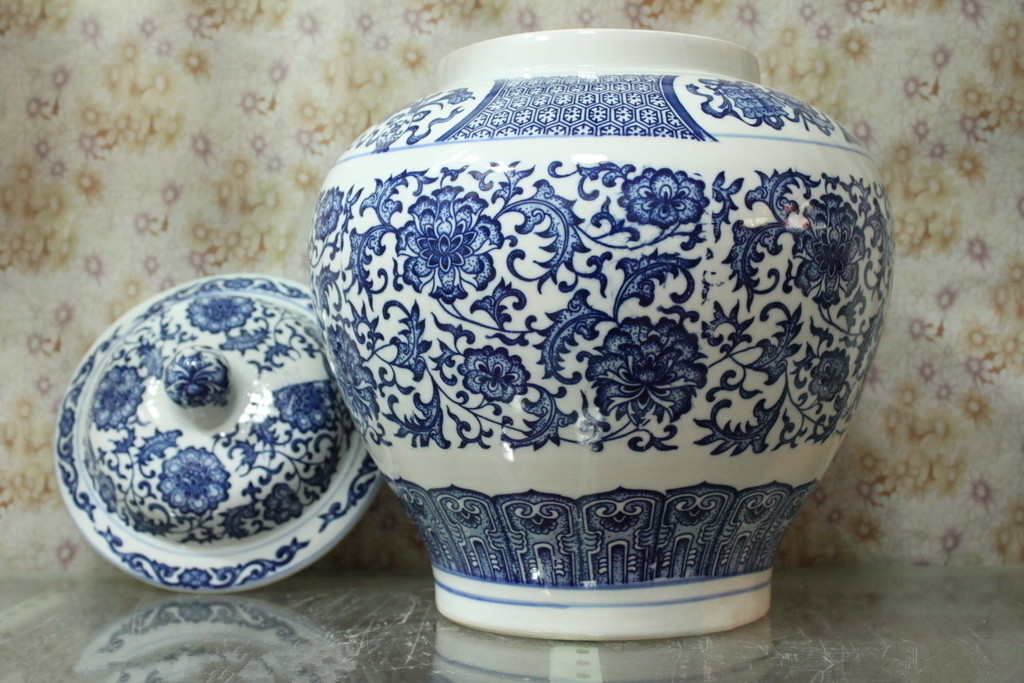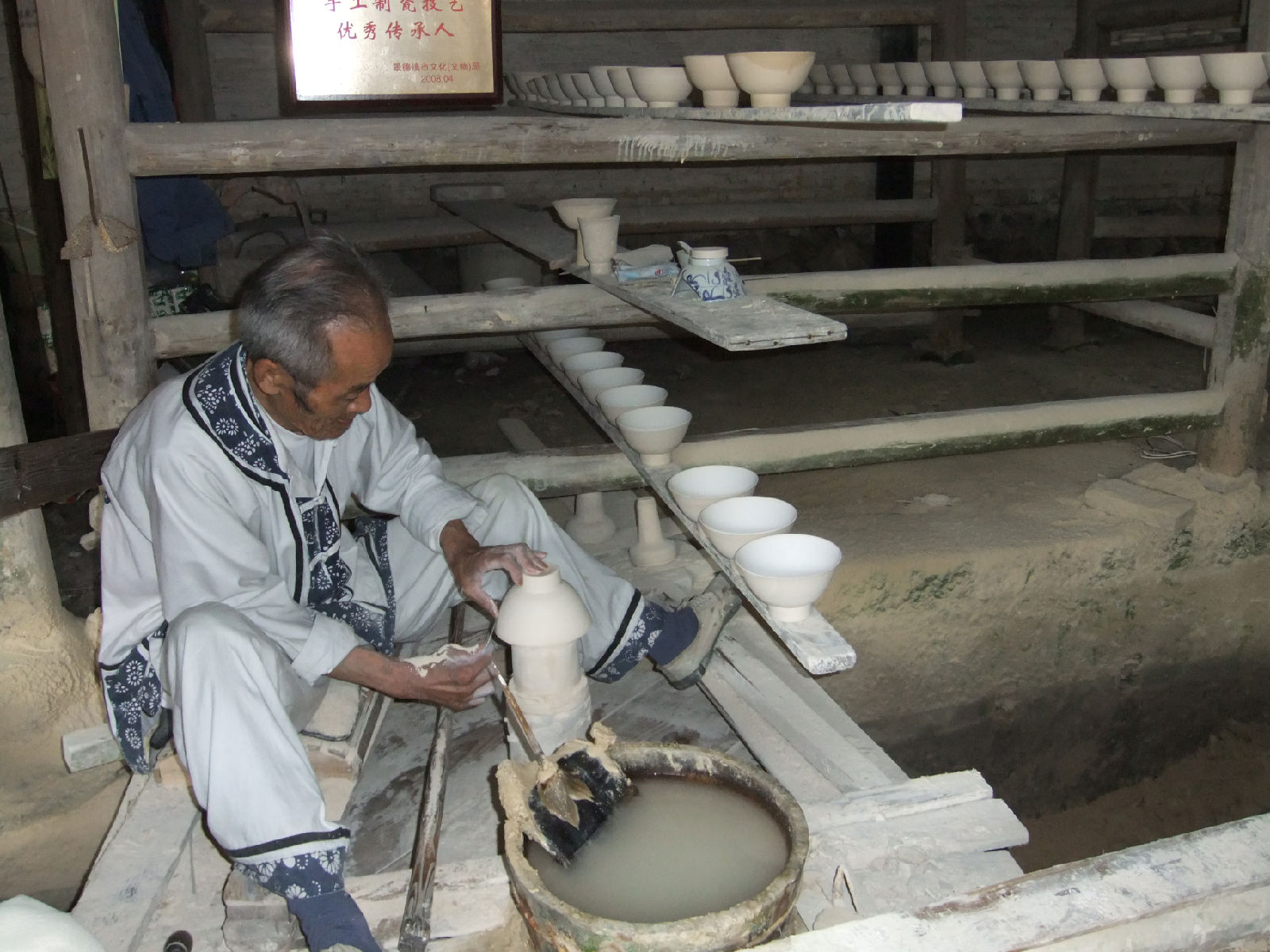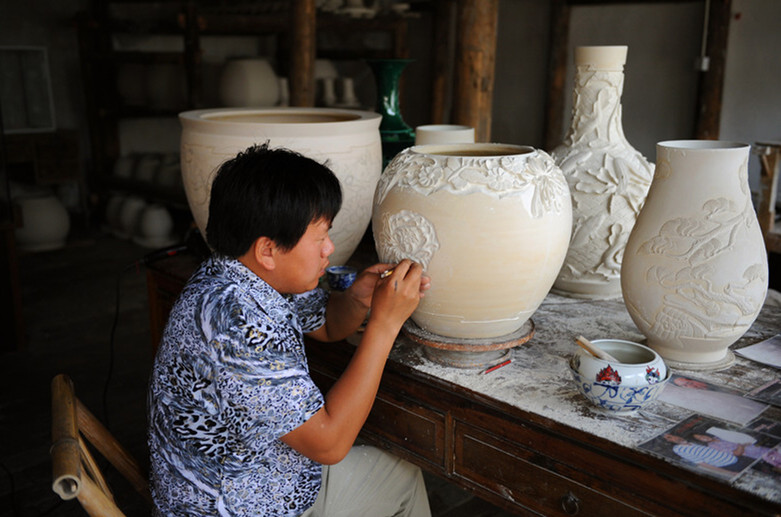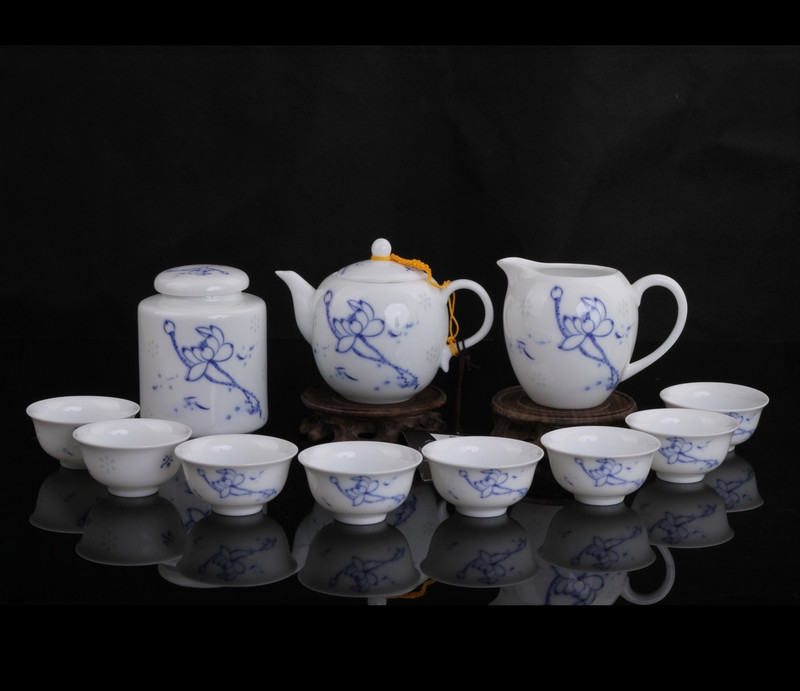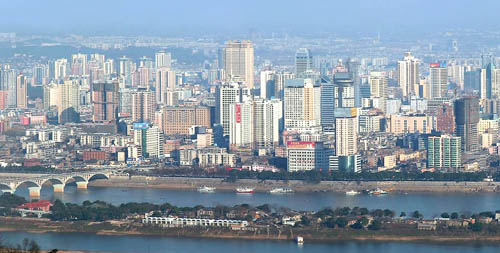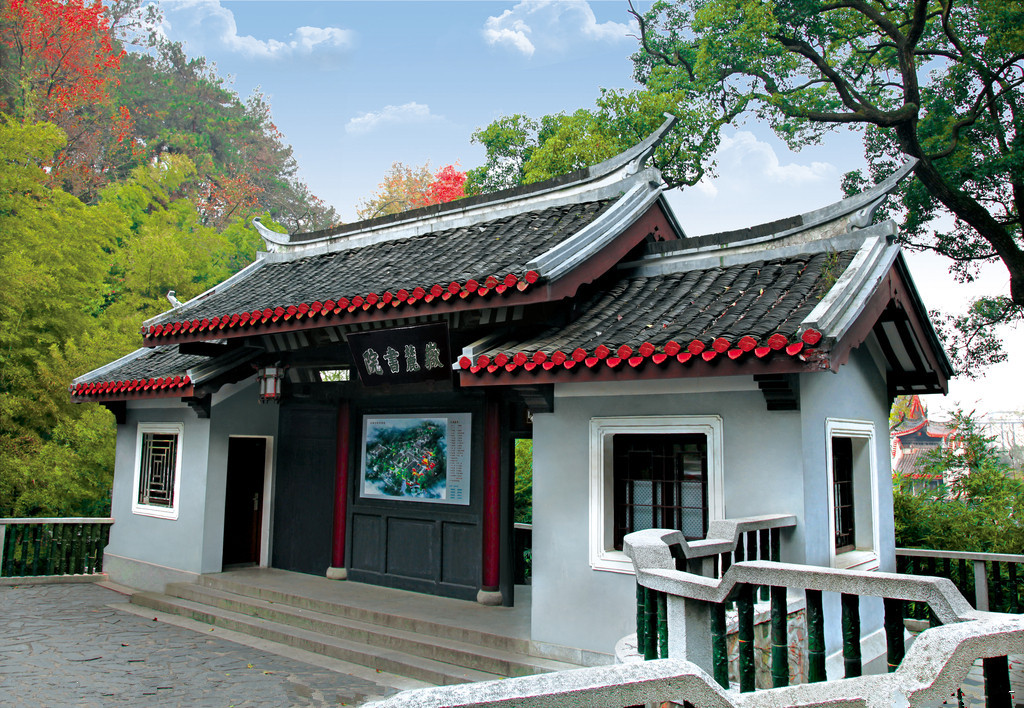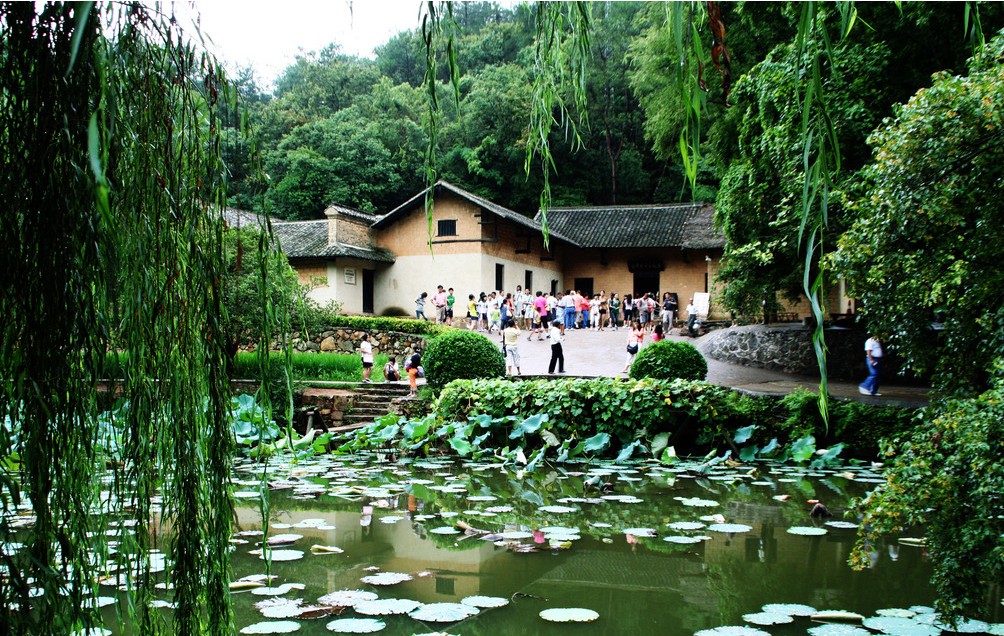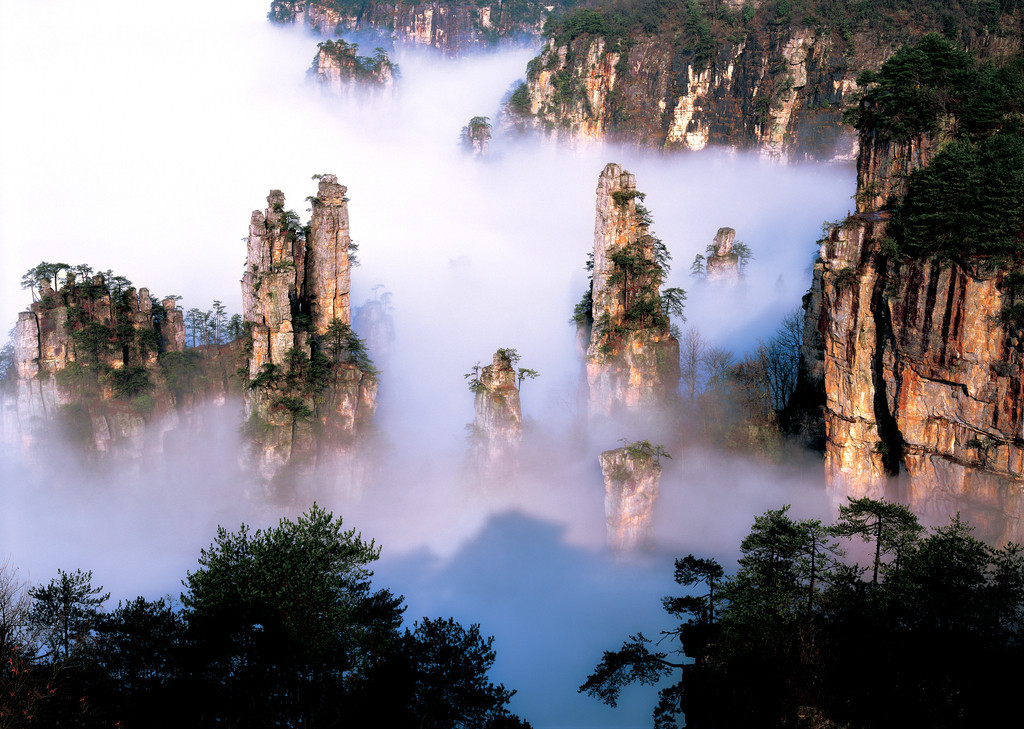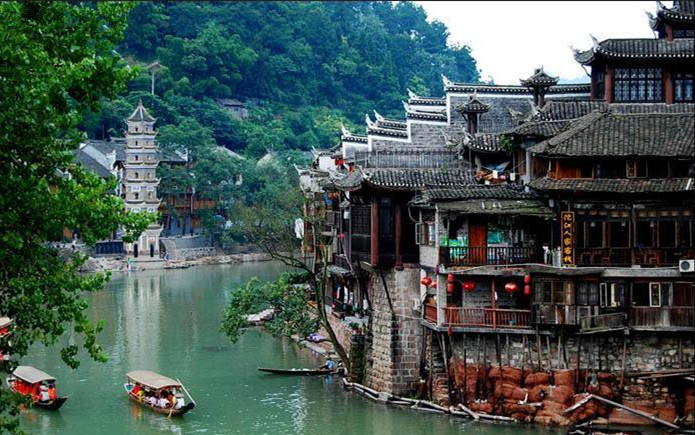Chinese are good at cooking, any ingredients could be cooked into delicacy, and this is evidence in the street food, which is fun, special, absolutely delicious and great value! Make sure you try the snack food when visiting China’s top cuisine cities including Beijing, Shanghai, Chengdu, Guangzhou…
1. Beijing
Douzhi’er (豆汁) is the most typical traditional drink in Beijing, which is made from mung beans and tastes slightly sour, loved by old Beijingers.

Fried Sauce Noodles or Zhajiangmian (炸酱面) is a flavorful dish of thick wheat noodles covered with a mixture of ground meat stir-fried with fermented soybean paste.

Kaorouwan (烤肉宛) refers to a barbecue restaurant located in Inner St., Xuanwu Gate, Xicheng District, first found in 1686. It is most well-known for roast beef and favored by many famous people such as painter Qi Baishi and Beijing Opera artist Mei Lanfang.

2. Shanghai
Steamed Buns (小笼包) are the iconic food of Shanghai, famous for thin peeling, fresh stuffing, multi juice, delicious flavor and cute shape. Try the Steam Buns of Nanxiang with a history of over 100 years in Town God Temple, which is known as “the heaven of snacks”.

3. Xian
Dumpling Banquet (饺子宴) is renovated from traditional dumpling, and brought forth new ideas on the color, taste, shape and the cooking method, with nearly 120 varieties. Xi’an Jiefang Road Dumpling Restaurant and De Fa Chang Dumpling Restaurant are the best places to have authentic Dumpling Banquet.
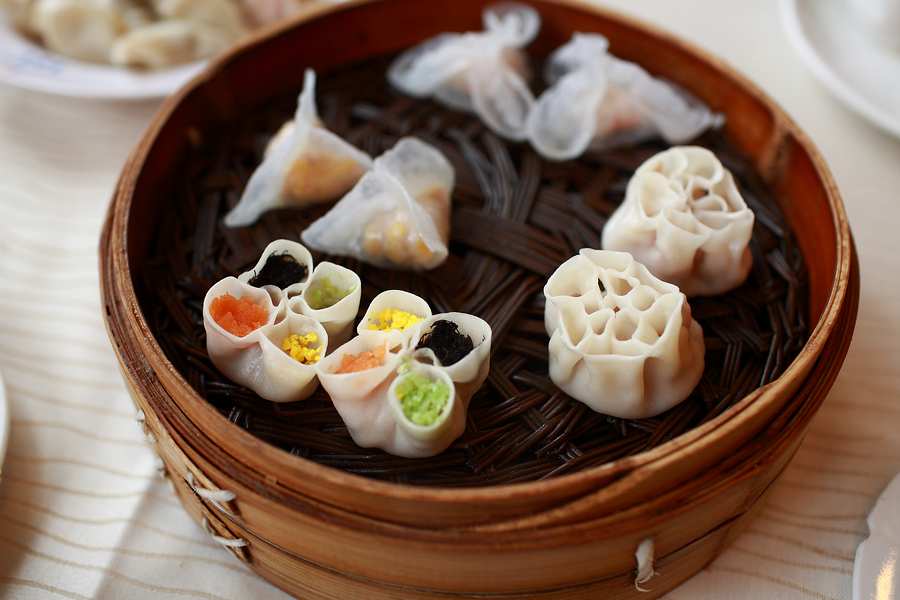
Paomo (泡馍) is a featured Xian snack, with a great amount of baked bun soaked in mutton soup or beef soup, called Yangrou Paomo (羊肉泡馍) or Niurou Paomo (牛肉泡馍).

4. Nanjing
Fuzimiao Dining Street (夫子庙小吃街) – Strolling on this bustling dining street, you’ll find a variety of local specialties including griddle-fried pancakes, spicy Gan Si, wheat cake baked with duck oil, tea eggs, bean boiled in tea, dumplings…

5. Kunming
Yunnan Rice Noodles or Crossing the bridge noodles (过桥米线) are served with a large bowl of boiling hot soup and the soup ingredients separate. Ingredients may include several slices of ham, chicken, tine peas, chives, vegetables and rice noodles. And the more you pay the more ingredients you’ll get.
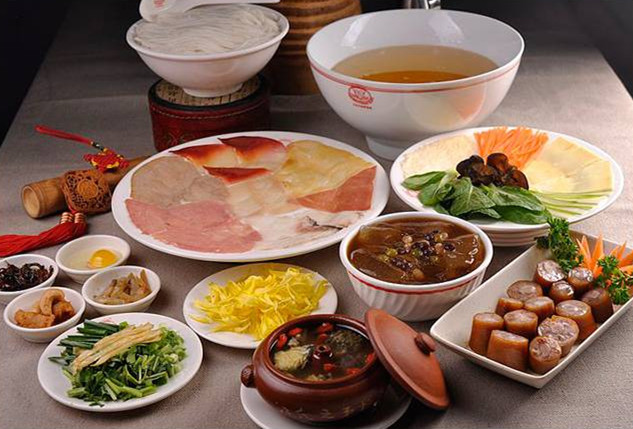
6. Chengdu
Long Chao Shou (龙抄手) is what Sichuan locals call wontons, similar to dumpling, also stuffed with pork and vegetables, but of thinner crust and served in a bowl of soup.

7. Fuzhou
In Fuzhou An Tai Lou Restaurant (安泰楼, located on No. 39, Jibi Road), visitors will have chance to feast on the most famous Min dishes like Fo Tiao Qiang and Li Zhi Rou (Litchi Pork), as well as fun local snacks as many as 200 varieties, including Yu Wan (Fish Ball), Li Bing (Oyster Cake), Chun Juan (Spring Roll), Yan Pi (Dried Meat)…

8. Guangzhou
Chang Fen or steamed vermicelli roll (肠粉) is a very popular dim sum in Guangzhou. It is a thin roll made of rice, filled with pork, fish, beef, shrimp or vegetables inside, and often topped with soy sauce.

9. Taipei
For people fond of oysters or seafood, Oyster Omelet (蚵仔煎) is a great choice in Taipei. It is available at almost every night market in Taiwan. The oysters are wrapped by an omelet coated in potato starch and tapioca. Oyster Omelet taste sweet and sour, and sometimes spicy if mixed with chili sauce.

Bun in a Bun or Dabing Bao Xiaobing (大饼包小饼) is one of the most popular snacks in Taipei’s Shilin night market. A crispy bun, the ‘xiao bing.” is wrapped by a flour tortilla, which is the ‘da bing”. Various flavors, of both sweet and salt are served.

10. Hong Kong
Gai daan jai (鸡蛋仔) is mainly made of egg, sugar, flour, and light evaporated milk, crispy, fragrant and simply delicious. Some stores create different flavors by adding chocolate, strawberry and other ingredients. Remember to eat Gai daan jai before it gets cold.

Put chai ko or Red Bean Pudding (砵仔糕) is a good dessert especially loved by children with a sweet flavor.



